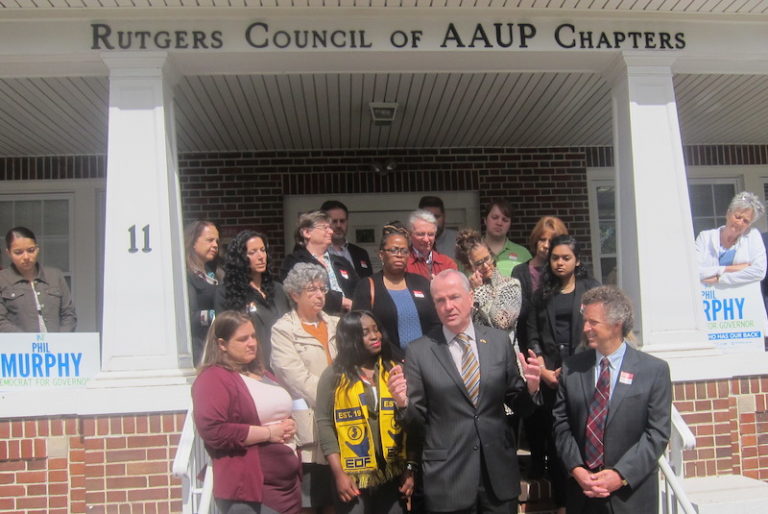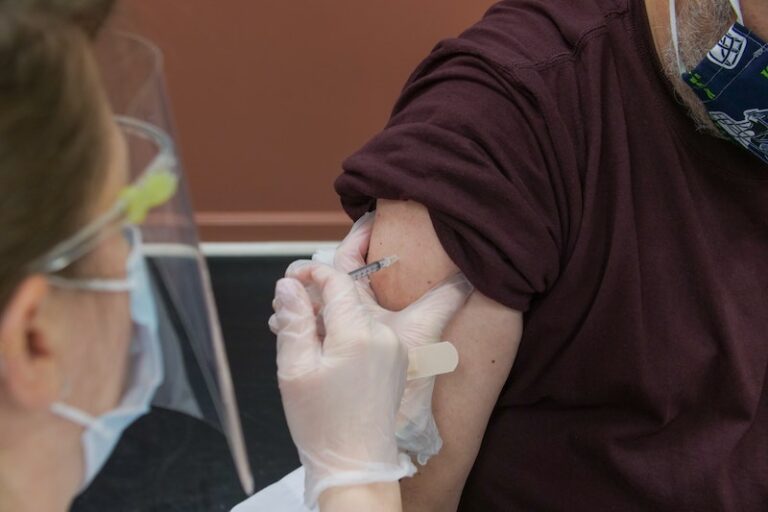Contact: Jeanne Otersen 201-280-9279
Newark, NJ –
HPAE, the largest union of nurses and health professionals at UMDNJ issued a statement in response to Governor Christie’s signing of S2063/A3102, restructuring Rutgers University, the University of Medicine & Dentistry (UMDNJ) and Rowan University.
HPAE members at UMDNJ include 4,000 nurses, medical researchers and other professionals affected by the reorganization, and who worked to ensure that the legislation included strong protections for:
• The future sustainability of University Hospital, and its community and hospital services in any management agreement with other health providers;
• Workplace rights, including existing collective bargaining rights and contracts that include staffing and workplace safety and health standards;
• Transparency and accountability to Newark and the communities served by UMDNJ in the reorganization.
“UMDNJ has been a leader in bringing research dollars and lifesaving discoveries not only to New Jersey but internationally,” said Tom Murphy, Co- President of HPAE Local 5094 and a Bench Researcher. “The reorganization of these institutions will allow the Health Science Universities to continue providing medical education, research and economic development in New Jersey.”
“University Hospital is the largest Charity Care provider in the state and under the reorganization we can continue our essential healthcare and trauma services to the Newark and NJ communities, and clinical programs for medical education,” adds Elmer Daniels, RN, President of HPAE Local 5089. “We care deeply for our patients and the Newark community and we are committed to their care. We believe the NJ Legislature heard our concerns and addressed the needs of both healthcare providers and our patients.”
“Protecting patients and our communities was our primary goal during the debate over the reorganization of UMDNJ and higher education,” said Ann Twomey, president of the statewide HPAE, representing 12,000 nurses and health professionals. “With the Governor’s signature, our work really begins to implement the vision in a way that assures a seamless transition, preserving and improving health care for all of our residents. That means including the voices of frontline healthcare workers and our communities.”




